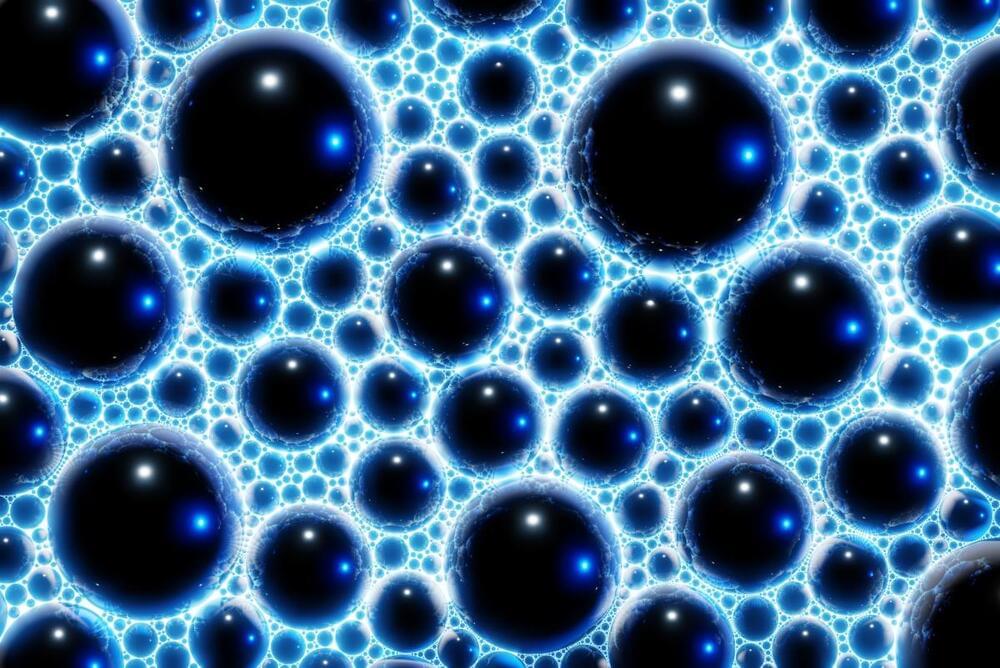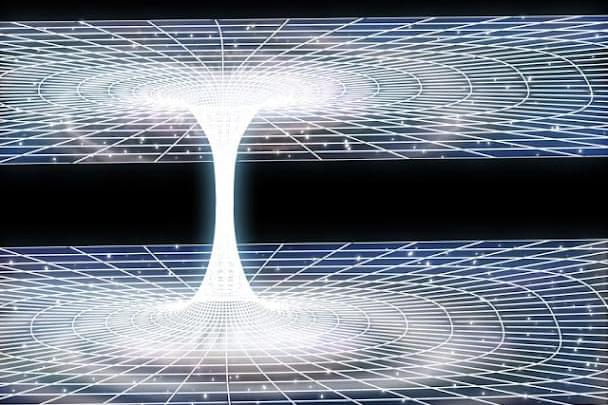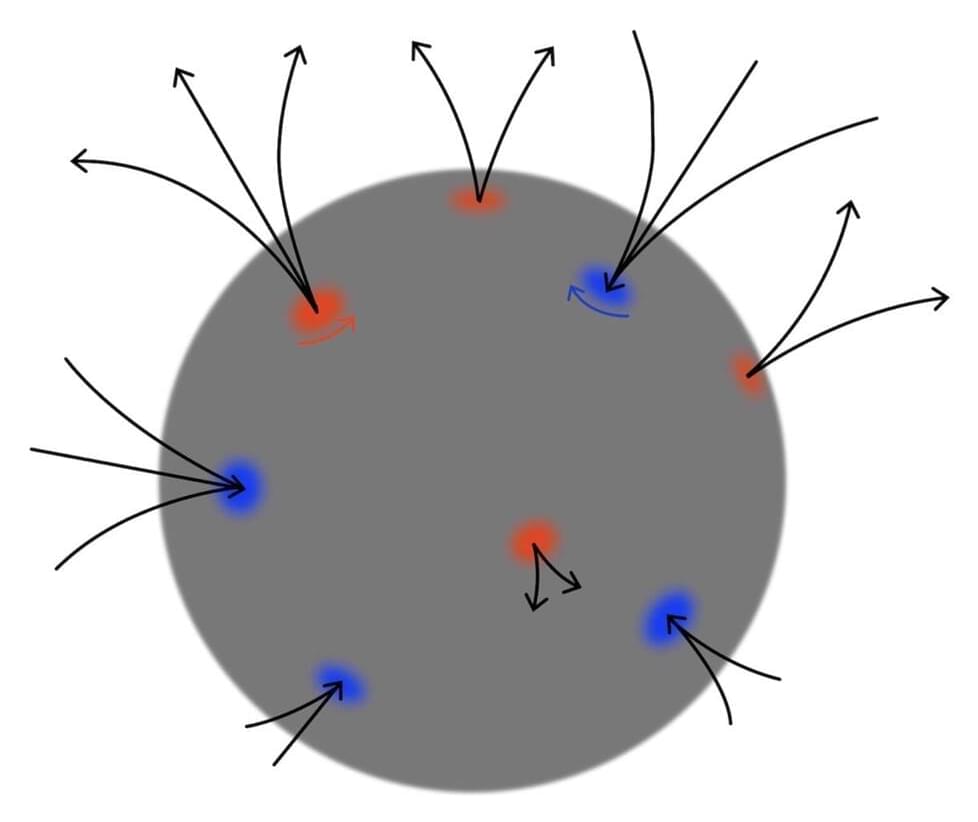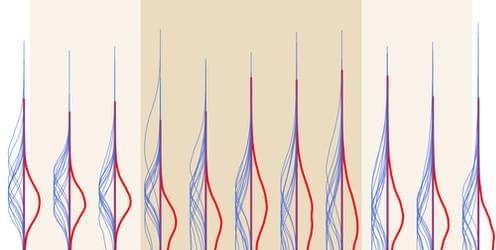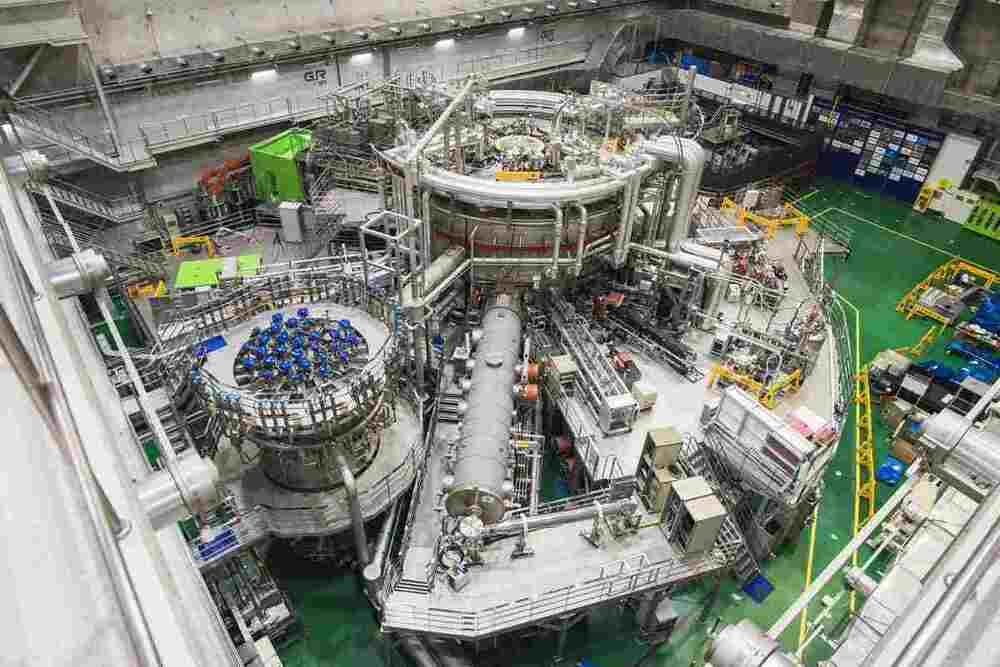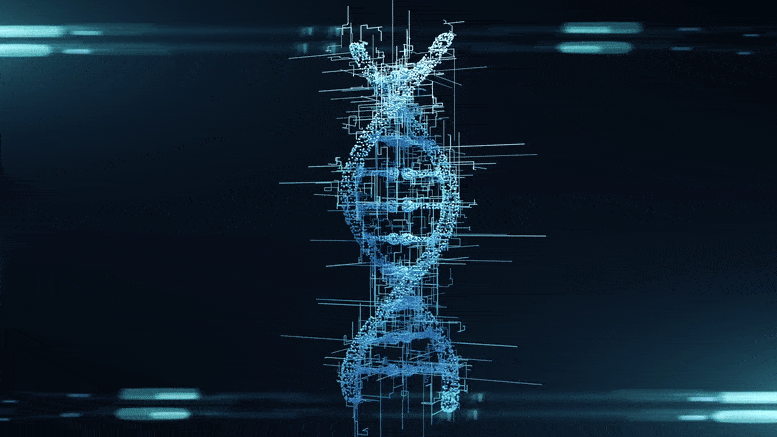It’s difficult to describe the state of the universe’s affairs back when the whole of everything was compressed to a size slightly smaller than the period at the end of this sentence — on account that the concepts of time and space literally didn’t yet apply. But that challenge hasn’t stopped pioneering theoretical astrophysicist, Dr. Laura Mersini-Houghton, from seeking knowledge at the edge of the known universe and beyond. In her new book, Before the Big Bang, Mersini-Houghton recounts her early life in communist Albania, her career as she rose to prominence in the male-dominated field of astrophysics and discusses her research into the multiverse which could fundamentally rewrite our understanding of reality.
Excerpted from Before The Big Bang: The Origin of the Universe and What Lies Beyond by Laura Mersini-Houghton. Published by Mariner Books. Copyright © 2022 by Laura Mersini-Houghton. All rights reserved.
Scientific investigations of problems like the creation of the universe, which we can neither observe nor reproduce and test in a lab, are similar to detective work in that they rely on intuition as well as evidence. Like a detective, as pieces of the puzzle start falling into place, researchers can intuitively sense the answer is close. This was the feeling I had as Rich and I tried to figure out how we could test our theory about the multiverse. Rationally, it seemed like a long shot, but intuitively, it seemed achievable.
